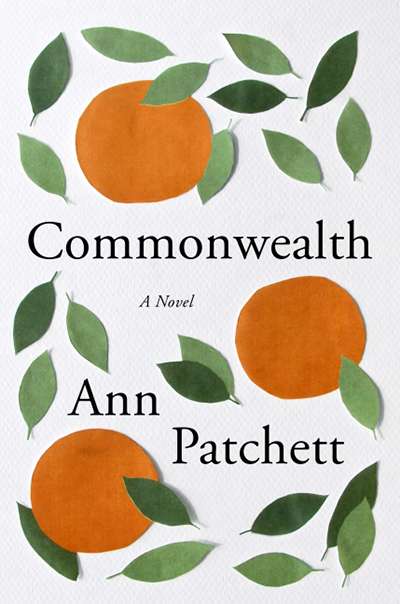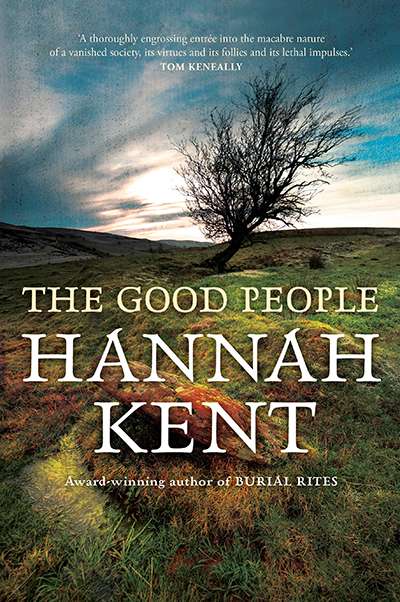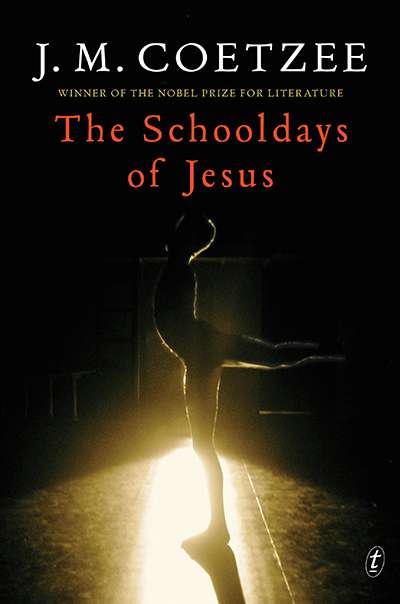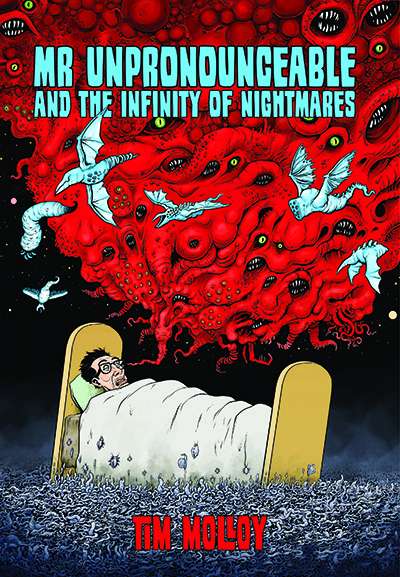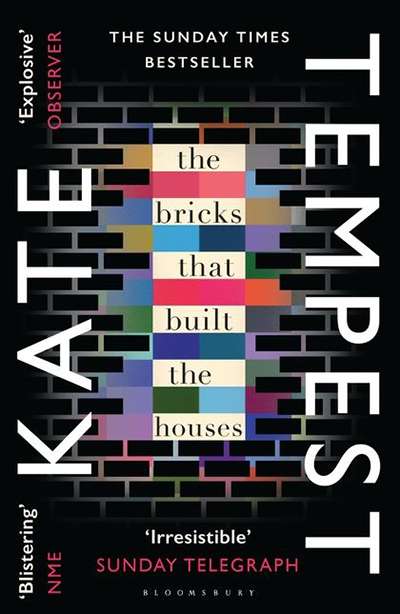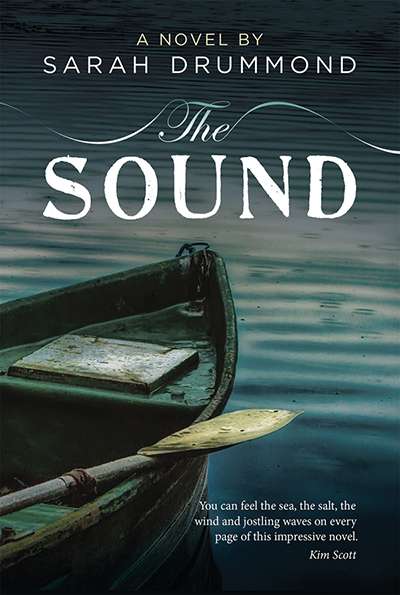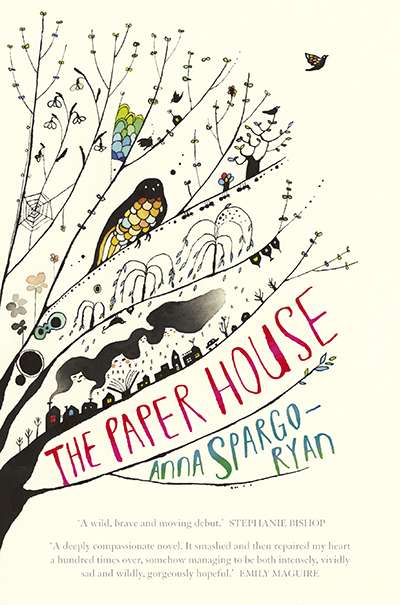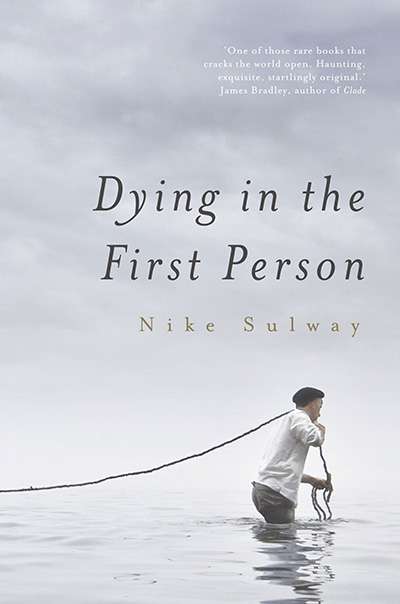Fiction
Life, one of Commonwealth's minor characters remarks, is a series of losses. Teresa Cousins acknowledges that life is also other, better things, but that it is the losses that define us ...
... (read more)After reading her début novel about Agnes Magnúsdóttir, the last person to be executed in Iceland, no one is likely to pick up a book by Hannah Kent expecting a frothy comedy ...
... (read more)In order to grasp the complexity of allusions in J.M. Coetzee's new novel, The Schooldays of Jesus, you need to have your wits about you. On the other hand, as with its prequel ...
... (read more)Mr Unpronounceable and the Infinity of Nightmares by Tim Molloy
Mr Unpronounceable and the Infinity of Nightmares is the third volume of Tim Molloy's stories featuring Mr Unpronounceable, a modern-day shaman ...
... (read more)Kate Tempest's début is the expansion of a story she threaded through her 2014 album of protest hip-hop, Everybody Down. In its transformation to novel form ...
... (read more)The Sound begins with the memory of loss, of shorelines marked with blood, and the acrid stench of charred flesh – a massacre wrought by colonial men with guns ...
... (read more)The Paper House begins benignly, even buoyantly, with a recently married couple, a new house, and the stirrings of pregnancy. But the intense grief that suddenly ...
... (read more)In the final novella of Nick Earls's quintet The Wisdom Tree, a benign security guard, Wanda, misquotes Tolstoy: 'No family is perfect. But each family isn't perfect in its own ...
... (read more)During boyhood, Samuel and his twin brother, Morgan, invent and in a sense inhabit a world and language called 'Nahum'. Years later – after a family tragedy ...
... (read more)Shylock Is My Name is the second novel to appear in Hogarth Press's Shakespeare Project. In this series, eight well-known novelists have each been commissioned to retell ...
... (read more)

